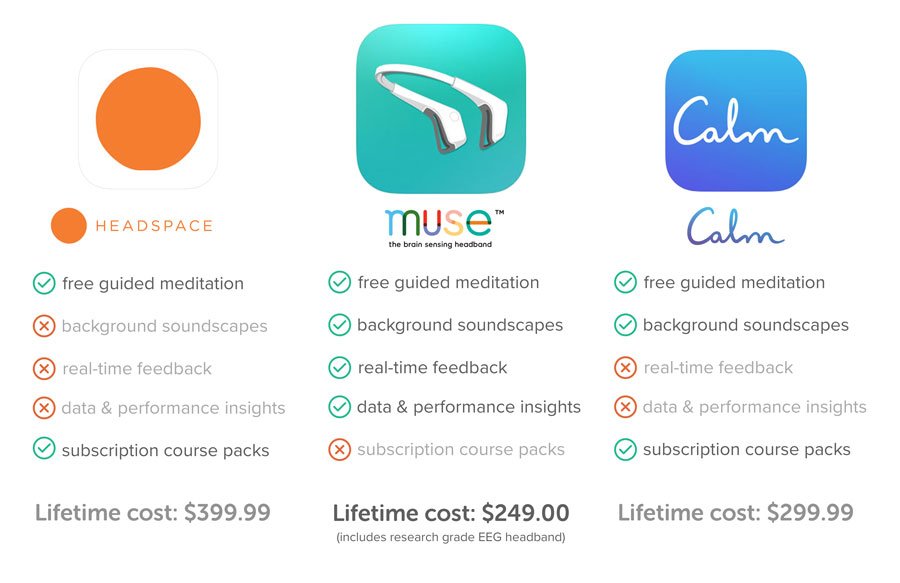Meditation is an act that we hear time and time again, helping thousands if not millions with mental problems and health issues and overall achieving a clearer state of mind. However many still meditate without knowing the proper technique for their desired outcome. There are different techniques for reducing stress, helping yourself with depression and anxiety, and increasing your awareness. Here are some of the best techniques to increase your awareness and open your mind.
1. Body Scan Meditation
The first technique is a step by step visualization of your body, more often than not our mind can fix our own illnesses, so by focusing on our body we can solve different problems that we didn’t know that they from those parts.
While meditating breathe and focus on various body parts, beginning with your toes and working your way up to your head. Notice any feelings, stress, or discomfort, in any part of your body without judging yourself for it. Body scan meditation also is a way to develop mindfulness by using physical awareness ground your attention to the present. It’s especially helpful for encouraging relaxation and lowering stress.
Instructions:
- Find a quiet place where you can sit or lie down comfortably. Close your eyes if you feel comfortable doing so.
- Take a few deep breaths to center yourself, allowing your body to relax with each exhale.
- Begin by bringing your attention to your feet. Notice any sensations, such as tingling, warmth, or tension.
- Slowly move your awareness up through your legs, torso, arms, and head, spending a few moments on each part.
- If you encounter areas of tension or discomfort, simply observe them without judgment. You might imagine breathing into those areas to encourage relaxation.
- If your mind wanders, gently guide it back to the specific body part you’re focusing on.
- Once you’ve scanned your entire body, take a moment to notice how you feel before ending the meditation.
Tip: You can do a quick 5-minute scan or spend 30 minutes for a more thorough experience. Guided body scan meditations are widely available if you’re new to this technique.
2. Breath Awareness
One of the most basic yet effective mindfulness practices is to pay attention to your breathing. During this exercise, focus on the sensation of your breath coming in and going out of your nostrils or the rise and fall of your chest. While you meditate, if you start to concentrate on any other thought, bring the mind back to your breathing. This meditation improves your focus and anxiety management skills, as well as raising awareness.
- Sit in a comfortable position with your back straight but not rigid. You can also lie down if that’s more comfortable for you.
- Close your eyes and take a moment to settle in. Let your breathing flow naturally, there’s no need to control it.
- Bring your attention to your breath. Notice where you feel it most clearly, your nostrils, chest, or belly.
- Focus on the inhale and exhale, observing how the air feels as it enters and leaves your body.
- If your mind starts to wander (which it inevitably will), gently acknowledge the distraction and bring your focus back to your breath.
- Continue this practice for 5-10 minutes to start. Gradually increase the duration as you feel more comfortable.
Tip: Counting breaths can help maintain focus. For example, count each inhale and exhale up to 10, then start over.
3. Loving-Kindness Meditation (Metta Meditation)
Loving-kindness meditation is based on the psychological concept that whatever we tell ourselves we believe. Our mind does not understand the concept of “jokes” so every time you say something diminishing about yourself, your subconscious holds it as true. That also goes the other way; when you say nice words to yourself, your mind will believe it, this is the base behind the concept of affirmations.
This technique will help develop compassion and love for yourself and then for others, including friends, complete strangers, and even people who you may disagree with. This method helps you cultivate a more optimistic view of life and builds emotional resilience. It’s an effective technique for lowering negative feelings and enhancing interpersonal relationships.
Instructions:
- Sit comfortably and close your eyes. Take a few deep breaths to relax.
- Start by directing kind and loving thoughts toward yourself. Silently repeat phrases such as:
- “May I be happy.”
- “May I be healthy.”
- “May I be safe.”
- “May I live with ease.”
- Once you feel a sense of warmth toward yourself, expand your focus to someone you love, repeating the same phrases for them.
- Gradually extend these wishes to a neutral person (someone you don’t feel strongly about), then to someone you may have difficulties with. Finally, include all beings in your wishes.
- Spend a few minutes with each group, noticing any emotions or resistance that arise.
Tip: If you find it difficult to wish well for yourself or others, start small and build up. Over time, this practice can help soften negative emotions and build empathy.
4. Mindful Waking
Sitting still isn’t always necessary for mindfulness. By concentrating on your surroundings, the rhythm of your steps, and the sensations of your feet touching the ground, mindful walking blends the physical activity of walking with mindfulness. It’s a great way to incorporate mindfulness into everyday activities, particularly for people who have trouble sitting still for long periods.
Instructions:
- Choose a quiet, safe path for your walk. You can practice indoors or outdoors.
- Begin by standing still for a moment. Take a few deep breaths and tune into the sensations in your body, such as the pressure of your feet on the ground.
- Start walking slowly, paying close attention to each step. Notice how your feet lift, move through the air, and touch the ground.
- Synchronize your breathing with your steps if it feels natural. For example, inhale for two steps and exhale for two steps.
- As you walk, expand your awareness to include the sounds, smells, and sights around you.
- If your mind wanders, gently bring it back to the rhythm of your walking and your immediate environment.
Tip: Mindful walking can be a brief practice lasting 5-10 minutes or a longer, meditative journey. Experiment to see what works best for you.
5. Visualization
Making a mental picture of a serene or motivating environment, like a calm beach or a quiet forest, is known as visualization. You can induce feelings of clarity and serenity by losing yourself in your imagination. This practice is a flexible tool for mental health because it not only improves mindfulness but also has the potential to increase motivation and creativity.
Instructions:
- Sit or lie down in a comfortable position and close your eyes.
- Take a few deep breaths to relax your body and clear your mind.
- Imagine yourself in a peaceful place. It could be a serene beach, a quiet forest, or any location that feels calming to you. Visualize as much detail as possible:
- What do you see? (The color of the sky, the texture of the sand, the movement of the trees.)
- What do you hear? (The sound of waves, rustling leaves, birdsong.)
- What do you feel? (The warmth of the sun, the coolness of a breeze.)
- Allow yourself to immerse fully in this environment, letting it bring you a sense of calm and clarity.
- If your mind wanders, gently return to the imagery you’ve created.
- After a few minutes, slowly bring your awareness back to your physical surroundings before opening your eyes.
Tip: Visualization is a powerful tool for reducing stress and enhancing focus. You can also use it to mentally rehearse achieving goals or preparing for challenging situations.
Final Suggestions for All Practices
- Consistency is key: Aim to meditate at the same time each day to establish a routine.
- Start small: If you’re new to meditation, begin with just 5 minutes a day and gradually increase the duration as you grow more comfortable.
- Use guides if needed: Apps like Headspace, Calm, or Insight Timer offer excellent guided meditations for beginners and experienced meditators alike.




Pingback: The Best Effects that Meditation Has on Your Brain -
Pingback: The Best Apps and Tools for Meditation -
Pingback: The Best Practices for Holistic Mindful Lifestyle. -
Pingback: How Music with Meditation Can Better Your Life. -
Pingback: How Gratefulness Boosts Self-Development -
Pingback: How to Overcome Trauma with Meditation -
Pingback: 5 Quick Breathing Exercises to Stop Daily Anxiety -
Pingback: How to Finally Stop Overthinking with Meditation. -
Pingback: Trust Uncertainty: How to Defeat the Fear of the Unknown -
Pingback: The Tools and Techniques You Need to Achieve Your Goals. -
Pingback: How to Cultivate Patience in a Fast-Paced World -
Pingback: 10 Myths About Meditation You Need to Stop Believing -
Pingback: How to Accept Emotions and Control Your Reactions -
Pingback: Breaking Free From Addictions: The Role of Mindfulness -
Pingback: To a Mindful 2025 for You: Reflect, Renew, and Realign -
Pingback: How Stoicism and Meditation can Help You Live in Peace -